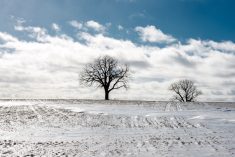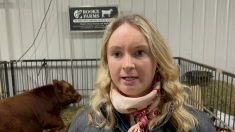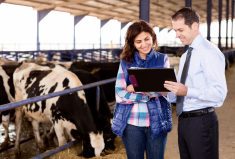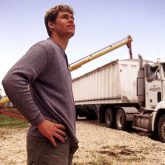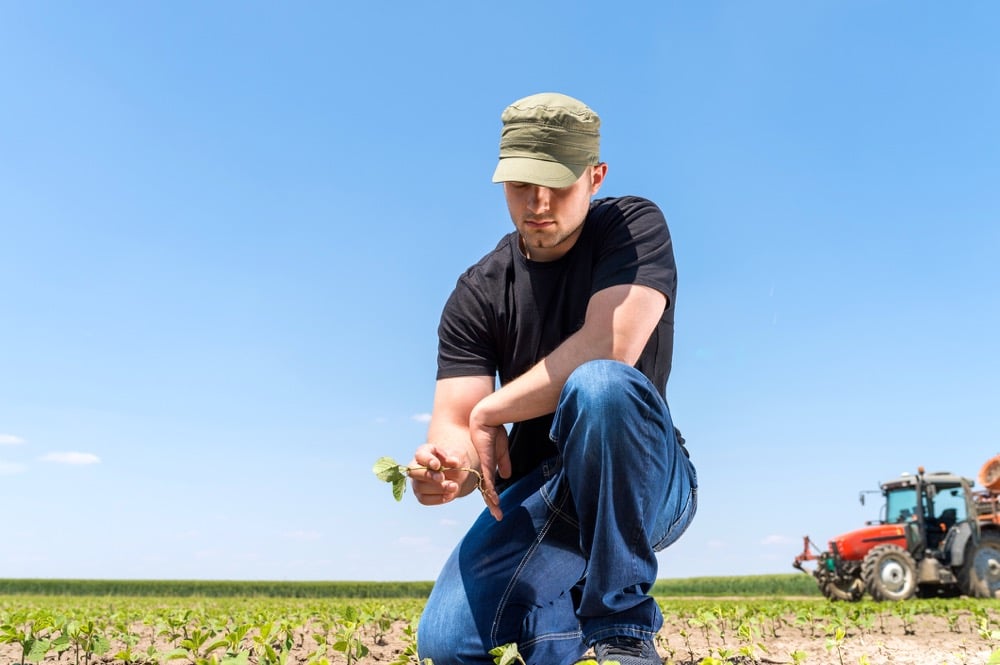After reading through all the stories about Canada’s latest crop of Outstanding Young Farmers earlier this year, I’m more convinced than ever of the OYF program’s value — not just to its immediate participants and alumni but to other farmers and everyone else.
The program’s organizers say it’s meant to recognize young farmers (ages 18-39) who “exemplify excellence in their profession.”
Yes, they do mean “profession.” To qualify, farmers must be getting two-thirds of their income, minimum, from their farm operations. From there on, though, “excellence” can refer to a lot of things.
Read Also
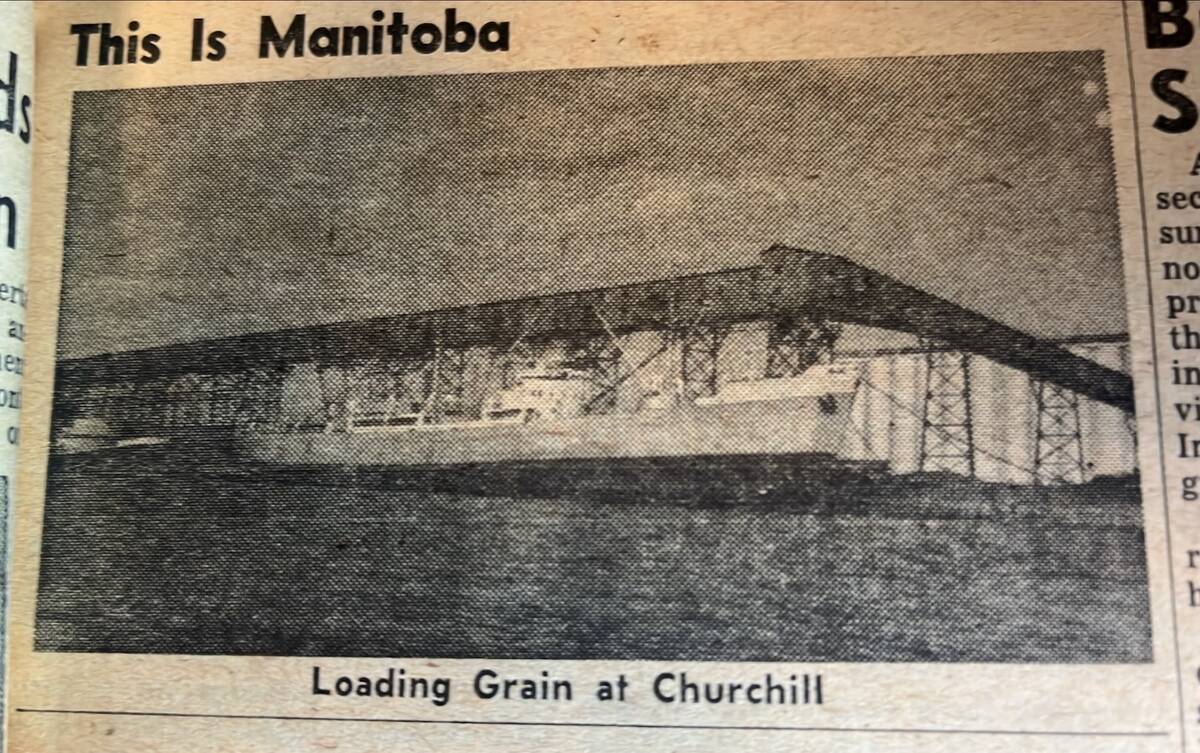
Calling all Co-operator readers
Hey farmers, we want to hear your Manitoba Co-operator stories: the articles that stuck out, the farm history you watched on our pages.
Fortunately for the sake of the OYF program, scale isn’t one of those. These stories would get mighty boring mighty quick if the program’s markers of excellence were only the quantifiable: the biggest, the richest, the most profitable. Rather, the seven nominees’ stories speak more to why people get into farming in the first place.
If a farmer is in it for the long haul, it’s certainly not for the money, the luxury or any kind of fame.
And it’s certainly not that the odds of success are all in their favour. Check out the current price tags on farmland, inputs, equipment, construction, quota and borrowing. You could be forgiven for thinking the odds now dictate that — while not impossible — making one’s primary living as a farmer in Canada is literally too much to ask. Even more so is to try while still young, without yet having gathered much working capital.
So what’s a young farmer to do? In one of the OYF’s 2024 nominations, you’ll meet three brothers who, while still ranching with their dad and their uncle, sought to carve out a niche for a more efficient type of beef.
Another ranching couple, also now in the business of marketing their beef directly to consumers, took their cattle onto less-than-ideal land to stretch their grass-finishing program as far as they can, while taking their operation organic.
A third ranching couple, under pressure from continued drought, are likewise working to make the animals more efficient but have also downsized the herd and improved pasture infrastructure to make the best use of the land they have.
Another couple, getting set up as third-generation dairy farmers, hope to maintain a work-life balance not often found in their line of work, by investing in greater efficiency through technology. And a farm deep into agri-tourism has invested to improve its year-round appeal after taking hits from the COVID-19 pandemic and severe weather.
Two organic growers, boxed in by local farmland values, have adapted by diversifying their land base to include conventional crops in a completely different, yet more affordable, region of their home province. And a pair of produce growers, boxed in on an island, are investing in their limited land base to improve its per-acre productivity.
I’ve used the word “invest” quite a lot, having just raved about how farming is more expensive and less affordable than ever. Inevitably, as with many things, achieving efficiency comes with up-front costs. But you’ll notice that in all these case studies, the OYFs’ investments are adaptive rather than straight-up expansion just to accommodate more of the same.
Looking ahead, will their stories all end in success that keeps them thriving on their farms for the duration? For the longer-term survival of farming in this part of the world, I hope so.
When you check out these stories, take a moment to remember these farmers’ names. I know, I know — I just said no farmer is in it for the fame. But I’m betting you’ll see at least some of those names in these pages again.
And if you know of farmers, young or otherwise, who are adapting to new realities in such ways, drop us a line and tell us more.




